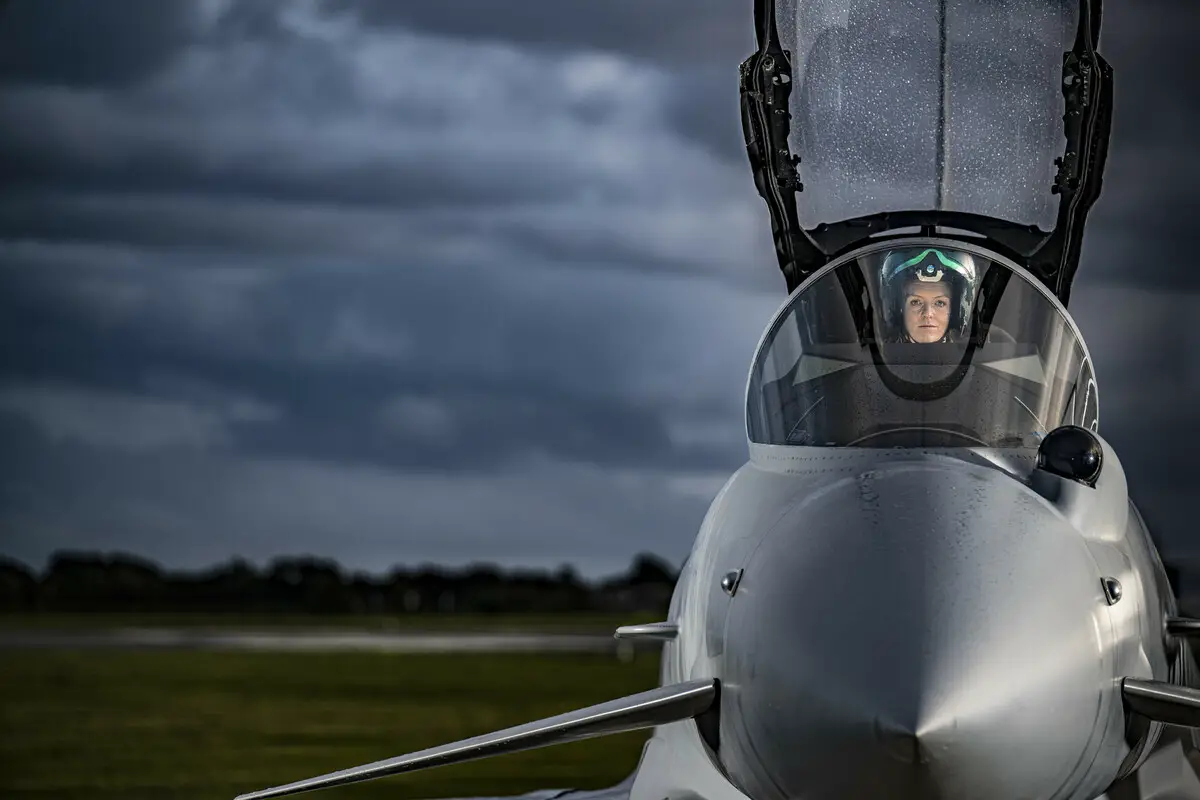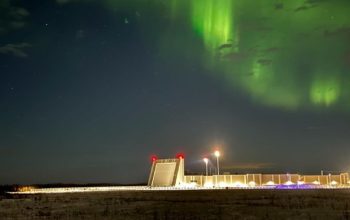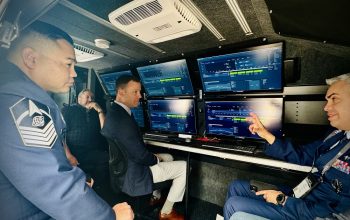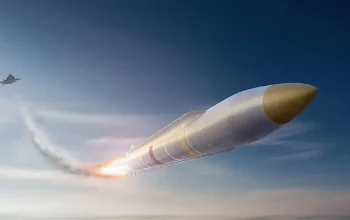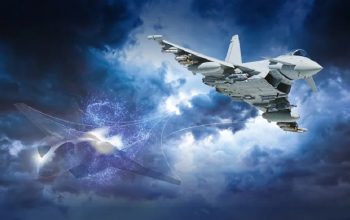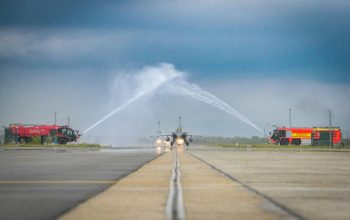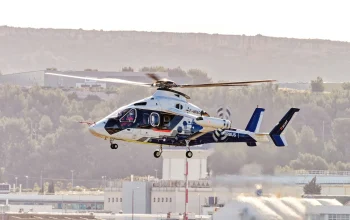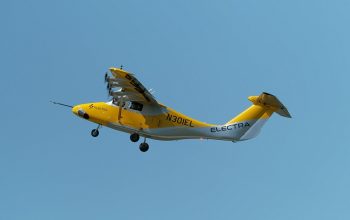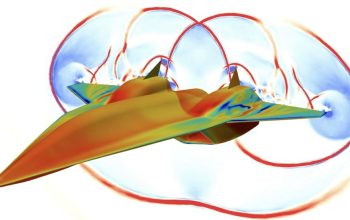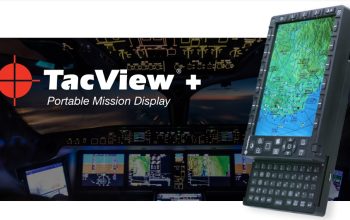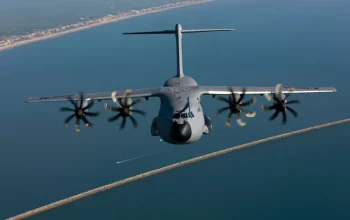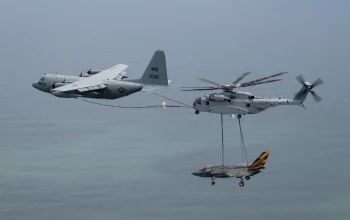The UK Ministry of Defence (MOD) has awarded BAE Systems a contract to develop its Striker II Helmet Mounted Display (HMD) for the Royal Air Force (RAF) Typhoon fleet. Developed at BAE Systems in Rochester, Kent, Striker II is one of the world’s most advanced fighter helmets which uses the latest technologies to integrate its all-digital night vision system and daylight readable colour display. The contract, valued at £40m, will create and sustain more than 200 highly-skilled jobs at BAE Systems’ sites in Kent and Lancashire working directly on the Striker II programme. In total, the Typhoon programme sustains more than 20,800 jobs across the UK. Under the new contract, BAE Systems engineers are maturing the helmet’s capability ahead of the start of initial production to support qualification and integration flight-testing at BAE Systems’ combat air site in Warton, Lancashire.
“Striker II helmets boast cutting-edge displays of data and are adaptable to the increasing demands of battlespaces. This investment will support the development of state-of-the-art equipment for future aviators, whilst also backing hundreds of highly-skilled jobs,” said Minister for Defence Procurement James Cartlidge.
“Striker II will provide the RAF’s Typhoon pilots with a crucial advantage—offering unrivalled situational awareness from the cockpit while helping to avoid sensory overload, which is vital in a high-tech and fast-paced environment. This contract will enable our electronics and combat air experts to work together to develop the helmet to further enhance the critical role Typhoon pilots play in round-the-clock defence and security of our nation,” said Andrea Thompson, Managing Director – Europe & International for BAE Systems’ Air sector.
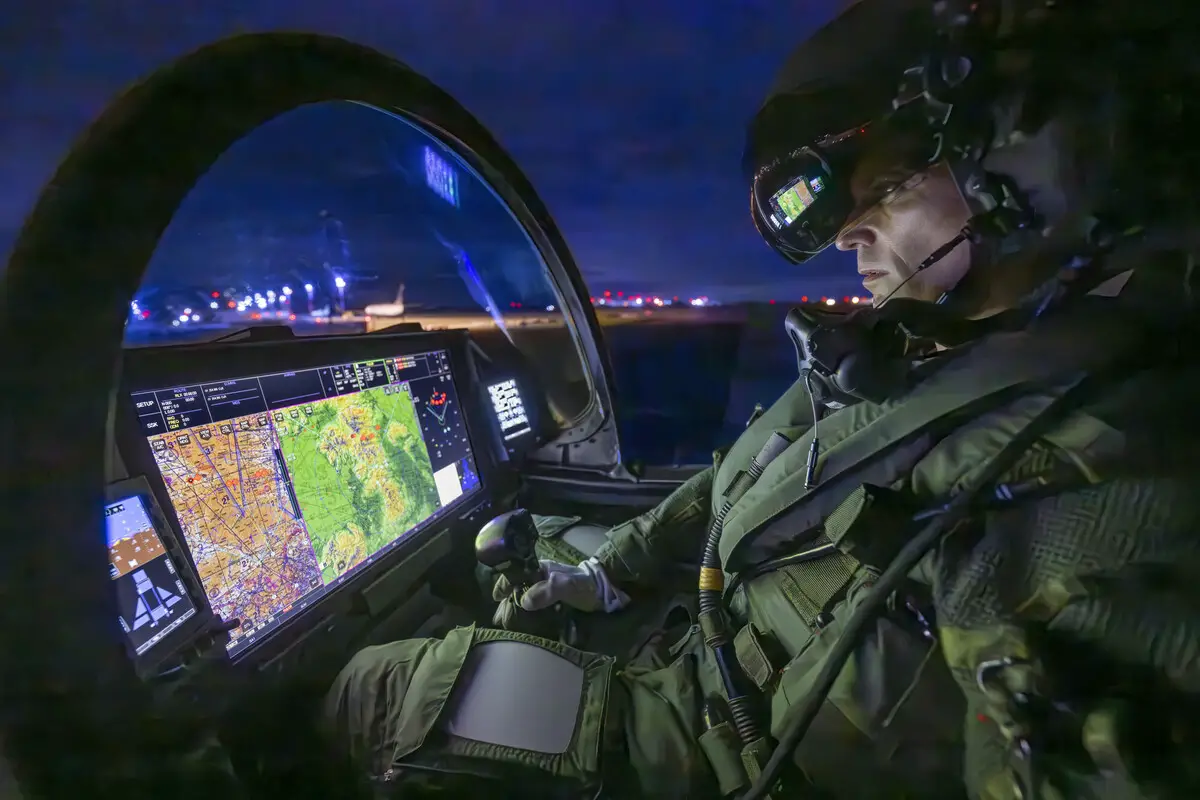
The Striker II digital Helmet-Mounted Display (HMD) displays data directly onto the pilot’s helmet visor, providing an augmented reality of the real world alongside mission critical information right before their eyes. The Striker builds on the decades of combat-proven performance by the Striker HMD, used on Typhoon and Gripen aircraft. The only full color solution with integrated night vision available anywhere, Striker II gives pilots unparalleled situational awareness, next generation EBAPS™ night vision, optional 3D audio, and battle proven target tracking technology. The highly advanced Striker II supports the display of high resolution sensor systems such as a distributed aperture systems, which allows pilots see through the body of the aircraft — giving them a vital advantage when it comes to split-second decision making.
Similar in purpose to a Head-Up Display (HUD), the HMD provides its user with significant situational awareness by projecting real-time, critical flight and mission information overlaid onto their view of the outside world. This flight information ranges from airspeed, altitude, and horizon line to the flight path vector, turn/bank indicators, angle of attack and more. Mission information can include a customizable choice of targeting, weapon sensor, firing status, and other pertinent details. Unlike HUDs, which can be found in commercial, corporate, and military aviation, so far HMDs are used almost exclusively in military aircraft. Early HMDs were about weapons targeting more than navigation, but HMD systems integrating the two have been around since the mid-1980s. The most advanced HMDs continue to get lighter and less bulky, to reduce pilots’ workload and fatigue, while providing pilots with better, more realistic imagery in real time to maximize their situational awareness and support their missions.


